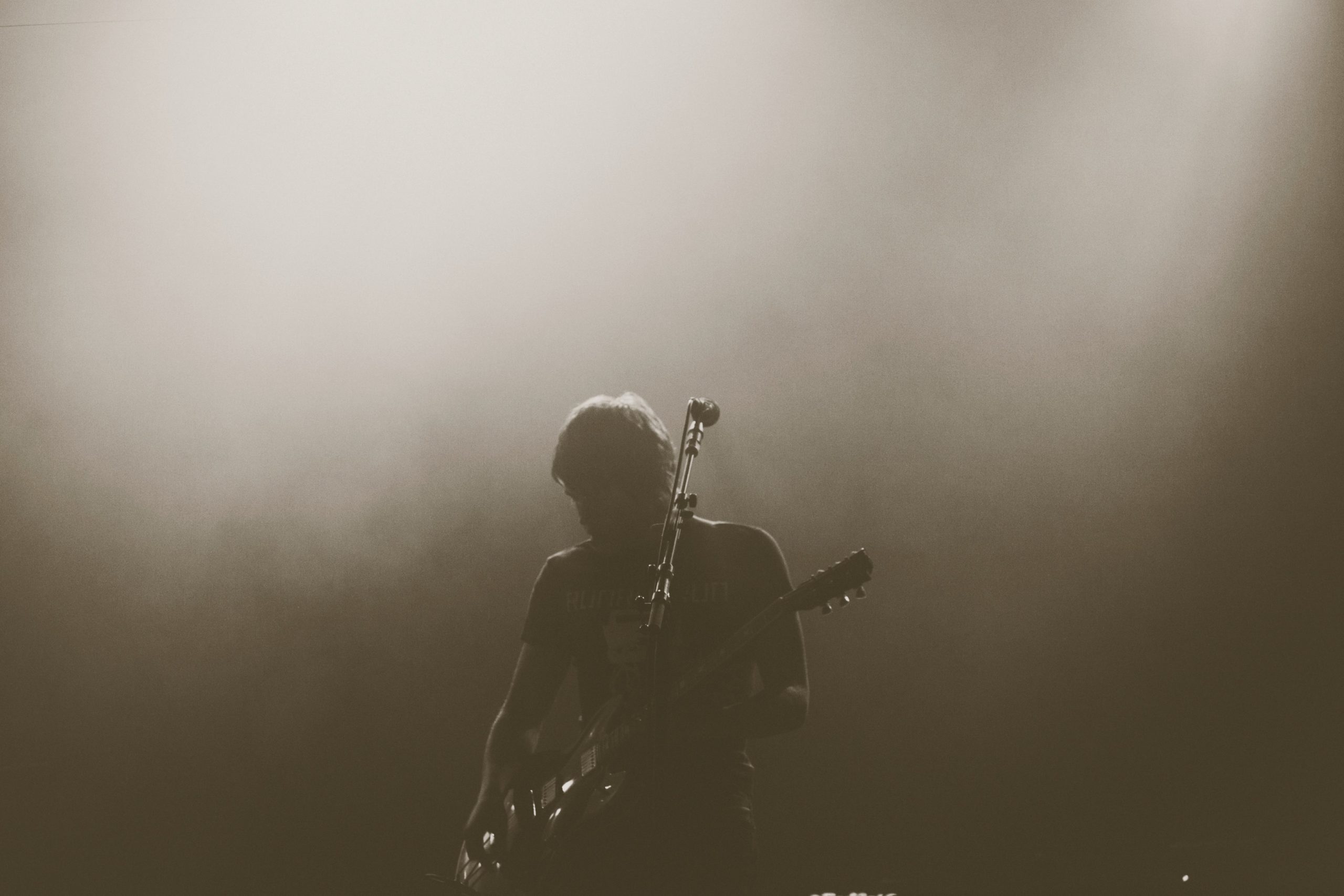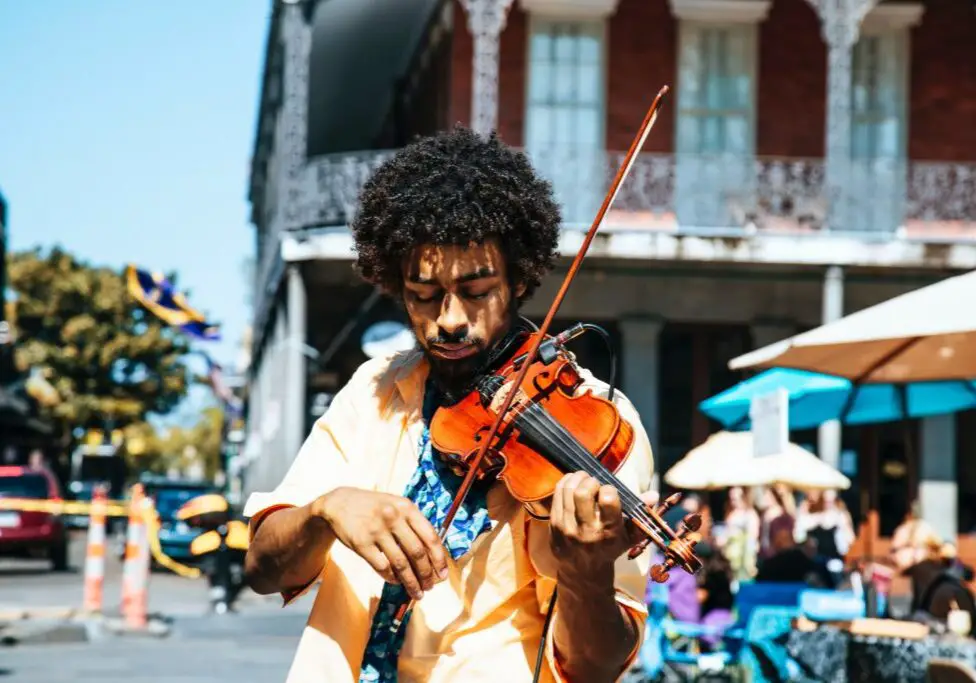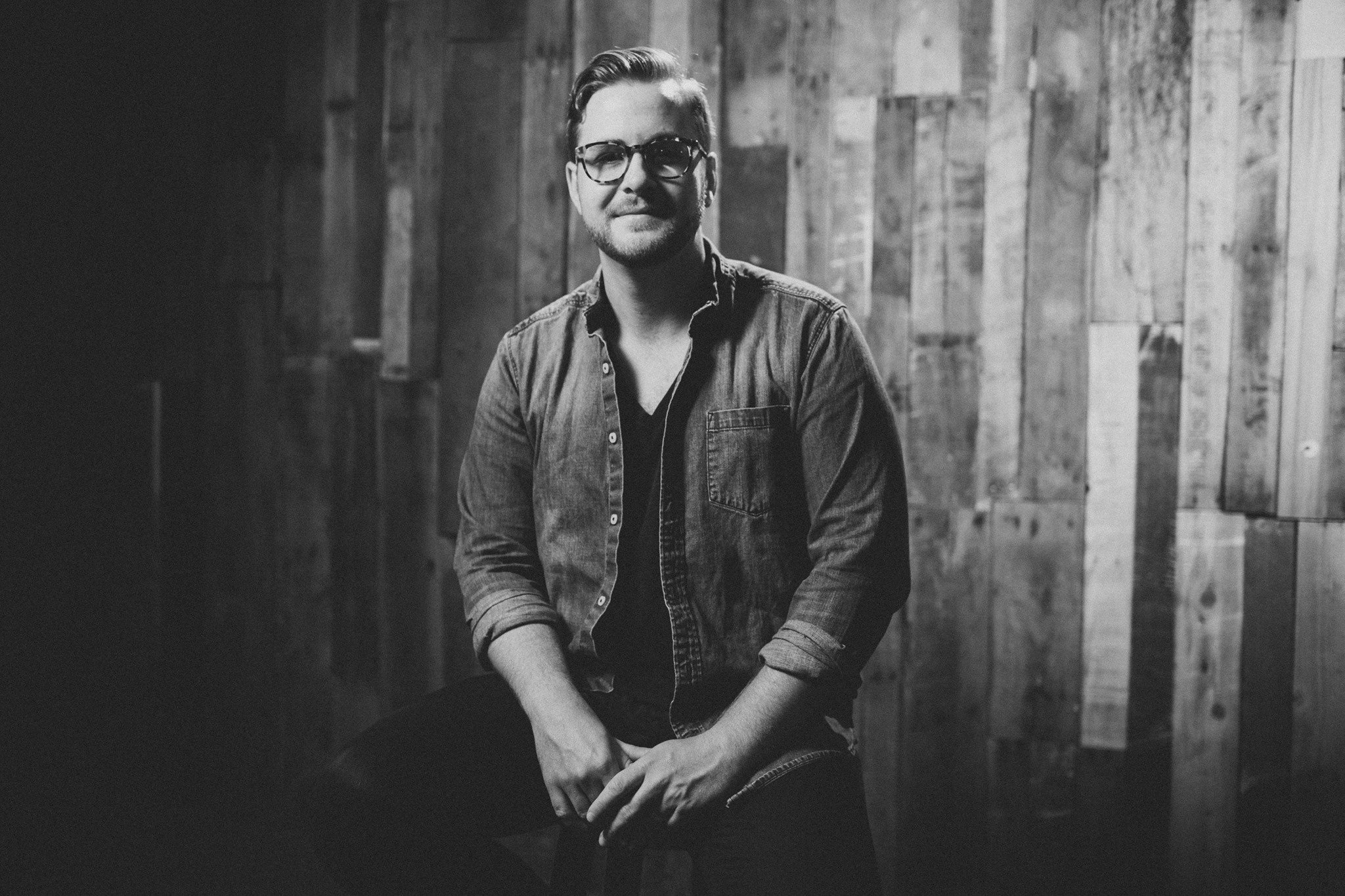Average music fans don’t pay much attention to the parts of a song.
They just know that they love songs that make them feel good and want to sing along.
But as songwriters, we know that popular songs are made up of patterns — all songs have recognizable beginnings, middles, and ends.
That’s where using proven song structures comes in.
And song structures make up the parts of a song.
Those relatable, well-known sections feel friendly to listeners. Even if they’re hearing your song for the first time, it will sound familiar, not confusing or hard to follow.
Knowing the different parts of songs and how to use them helps you keep your songs interesting — and keeps your listeners coming back for more.
In this post, you’ll learn everything you need to get started.
Why Learn the Parts of a Song?
Have you ever heard music that sounds like random noise? You probably found it annoying and couldn’t wait to turn it off.
Music lovers might not realize why they like certain music, but they can tell when a new song either excites them or makes them want to click to the next track.
Song structure is one of those essential elements that makes music relatable.
When you understand the parts of the song and how to use them, you’ll be able to:
- Analyze popular songs and learn from them.
- Become a better and more creative writer with more tools in your writing toolbox.
- Keep your songs interesting with changing dynamics and energy.
- Have a common vocabulary when you collaborate with other songwriters, musicians, and producers.
When you see how the parts of a song work together, you’ll probably realize you instinctively know more than you think.
So let’s dive in!
The Parts of a Song
First, we’ll look at the more common parts of a song.
You’ll notice that some terms are used interchangeably, often depending on your genre or place in the world.
We’ll start with one of the more (possibly) confusing terms.
Hook
A “hook” isn’t an official song section but can be one of many parts of a song.
It often refers to the song’s theme, title, and/or a line that’s frequently repeated, for example, in the chorus — but that’s not the only part of a song that can be a hook.
A true hook is anything distinctive about a song that’s memorable, grabs listeners, and delivers an emotional payoff. A hook could be a vocal or musical phrase, riff, beat, or rhythm — anything that sets your song apart.
Every song should have at least one hook, but it could have more. You don’t want to overdo it, though, so stick to using just one to three hooks per song.
Your hook should repeat many times throughout your song. Don’t be afraid of repetition! Audiences love to hear their favorite parts of songs over and over, so give them what they want. Repetition won’t dumb down your songs; instead, it will make them engaging and “sticky.”
Introduction
Your song’s introduction (or intro) helps to warm your listeners up for what’s to come. They’ll get a feel for your song’s genre, tone, and mood.
And if you do your job right, they’ll be interested in hearing more.
When you’re writing for the masses (my term for commercial success), keep your intros short. Your goal is to get to the good stuff quickly.
A well-written introduction might have a cool musical hook, a distinctive riff, or even use the first or last line of your chorus. Just grab your listeners and don’t let go.
Verse
A verse in a song is similar to a stanza in a poem. Musically, your verses will be similar, but the lyrics will be different. Each line and each verse should move your story along.
Often your lyrics will rhyme, for example, in an AABB pattern (first and second lines rhyme with each other as do the third and fourth lines), or ABAB (first and third lines rhyme with each other as do the second and fourth) — and of course you can have more than four lines in a verse. If your verse has six lines, your rhyme scheme might be AACBBC. There are loads of possibilities.
Each line in your verse should tell your story, describe the setting, and ramp up the emotion. All your verses should support the chorus. We songwriters refer to this as “writing to the hook.”
Your first verse will set the stage, and your second verse will answer the question “then what?” or “what happened next?”
Pre-chorus
You may hear the pre-chorus also referred to as the build, channel, lift, or rise. It’s usually a 2- to 4-bar section, but in some cases, it could be longer.
The job of the pre-chorus is to build energy and anticipation for the chorus both lyrically and musically.
You may use a pre-chorus before every chorus of your song or only before one of them, say the first or the last.
While pre-choruses are currently popular, you don’t need one in every song. Experiment and see what works best. Every song will be different.
Chorus

Your chorus is usually the catchiest, most distinctive part of your song. It will contain your main hook, often in the first or last line.
Your chorus is also the part that people will remember best and sing along to. So keep your melody nursery rhyme simple. Listeners should be able to repeat your chorus after hearing it only once or twice.
Your chorus usually includes your theme or concept, the main focus of your song.
Definitely repeat the chorus several times. The melody and lyrics will be nearly the same each time, although it’s common in the last chorus to use higher energy and change the lyrics and melody slightly.
In electronic dance music (EDM), the chorus is known as the drop or the beat drop. In drops, the rhythm of the song changes suddenly. Drops are also used in some pop songs as well as in trap, hip-hop, K-pop, and country music.
The term refrain is sometimes used interchangeably with chorus. It refers to a line or verse that repeats. So technically, choruses are refrains because they repeat.
A breakdown chorus is a chorus, often appearing near the end of your song, that is played with lower energy (say a stripped-down acoustic or a capella version) before the dynamics ramp back up toward the big finale.
Post-chorus
A post-chorus generally refers to any section that comes after the chorus, but technically it will sound very similar to the chorus, possibly repeating lines or phrases or riffing on the melody.
Bridge
Bridges are transition sections that often contain surprising lyrics or a twist in the story. They are musically different from your choruses and verses.
They keep listeners interested and help them anticipate the energy and emotion going into your third verse (if you have one) or final chorus. You can use a bridge to bring the energy down a bit before building it back up and ending your song — but you can also be creative. There are no strict rules.
Bridges aren’t used as often as they used to be in popular music. If you decide to include a bridge in your song, make sure that it’s well written, moves the story along, and is (usually) short.
Sometimes you’ll hear the bridge called the Middle 8.
Break
A musical break, solo, or instrumental section is an optional section, but you can use it as a way to add interest, variety, anticipation, or room to breathe in a song. You may include vocals in this section or not. It’s another chance to deliver an emotional payoff.
Outro
Your outro, sometimes called a coda, is your song’s ending. The way you end your song depends on the emotional impact you want to have. You could end abruptly, on a high note, with high energy, or with a surprising resolution.
But for commercial radio, it’s common to repeat the chorus and fade out. Pay attention to what’s popular in your genre.
Tags repeat the hook or the last line of a song several times. They could be instrumental only or include vocals.
You may also use your outro to include some musical improvisation, especially as part of an ending that fades out.
Do I Need to Use All the Parts in Every Song?

You definitely don’t need to use all the possible parts of a song in every song.
And the way certain parts of songs are used in popular music (if they are used), tends to change over time.
Meaning, what’s popular today may not be popular a year or two from now.
However, there are some foundational elements that (at least for now) you can probably always count on using: the intro, verse, pre-chorus, and chorus.
My Favorite Song Structure for Beginners
So how should you structure your songs?
This is another place where you have a lot of flexibility, although if you want to write hit songs, you should be aware of trends that are popular today.
Some of the most common structures you’ll find are:
- VCVC — Intro — verse — chorus — verse — chorus
- VCVCBC — Intro — verse — chorus — verse — chorus — bridge — chorus
- VPCVPCBC — Where a pre-chorus precedes the choruses
You can learn more about popular song structures in this post.
If you’re starting from scratch writing songs, or are only now starting to get serious about your songwriting, here’s a good structure that I recommend you start with:
Verse 1
Pre-chorus
Verse 2
Pre-chorus
Chorus
Solo or instrumental section
Final chorus
It’s popular today, so you can find lots of examples of this structure in use if you pay attention. It’s also not too long or complex, so using it will give you good practice writing to a structure.
Write a few songs using this structure until you get comfortable, and then you can start experimenting with adding additional parts.
Final Thoughts on Using the Parts of a Song
Always remember there are no hard and fast rules. While trends will come and go, there’s always room for creativity and many ways to write a song.
You can write one song using most of the parts listed here, and another with only the key components.
Just keep your end goal in mind:
Are you writing for practice? Get creative and don’t worry about what’s popular.
Are you trying to challenge yourself? Write some song sections you don’t normally try.
Are you co-writing a song that you hope to pitch to publishers or artists? Use a popular song structure.
And when you’re ready to write your next song, check out my guide here.
Here’s to writing better songs!


